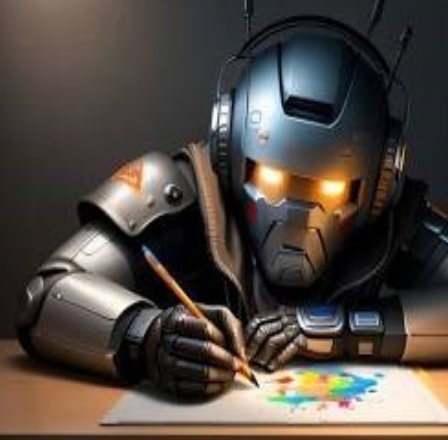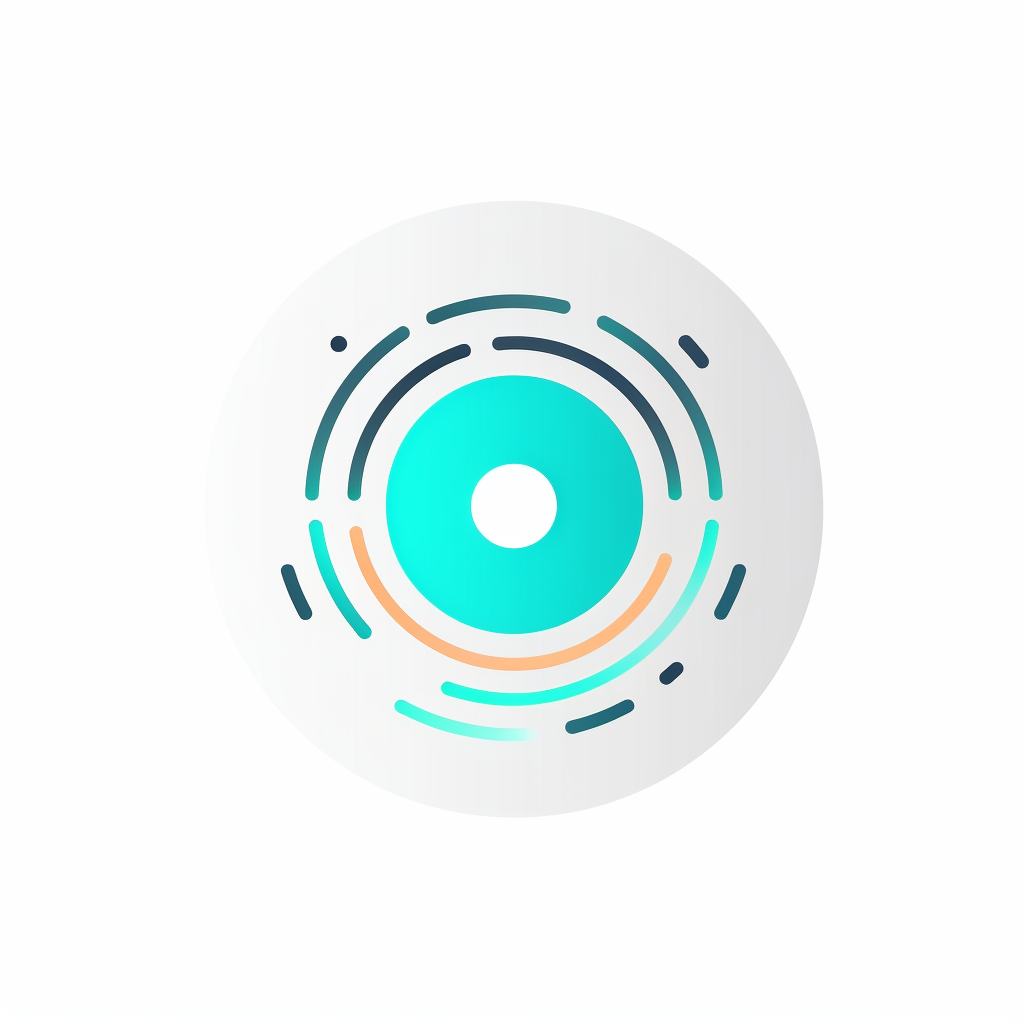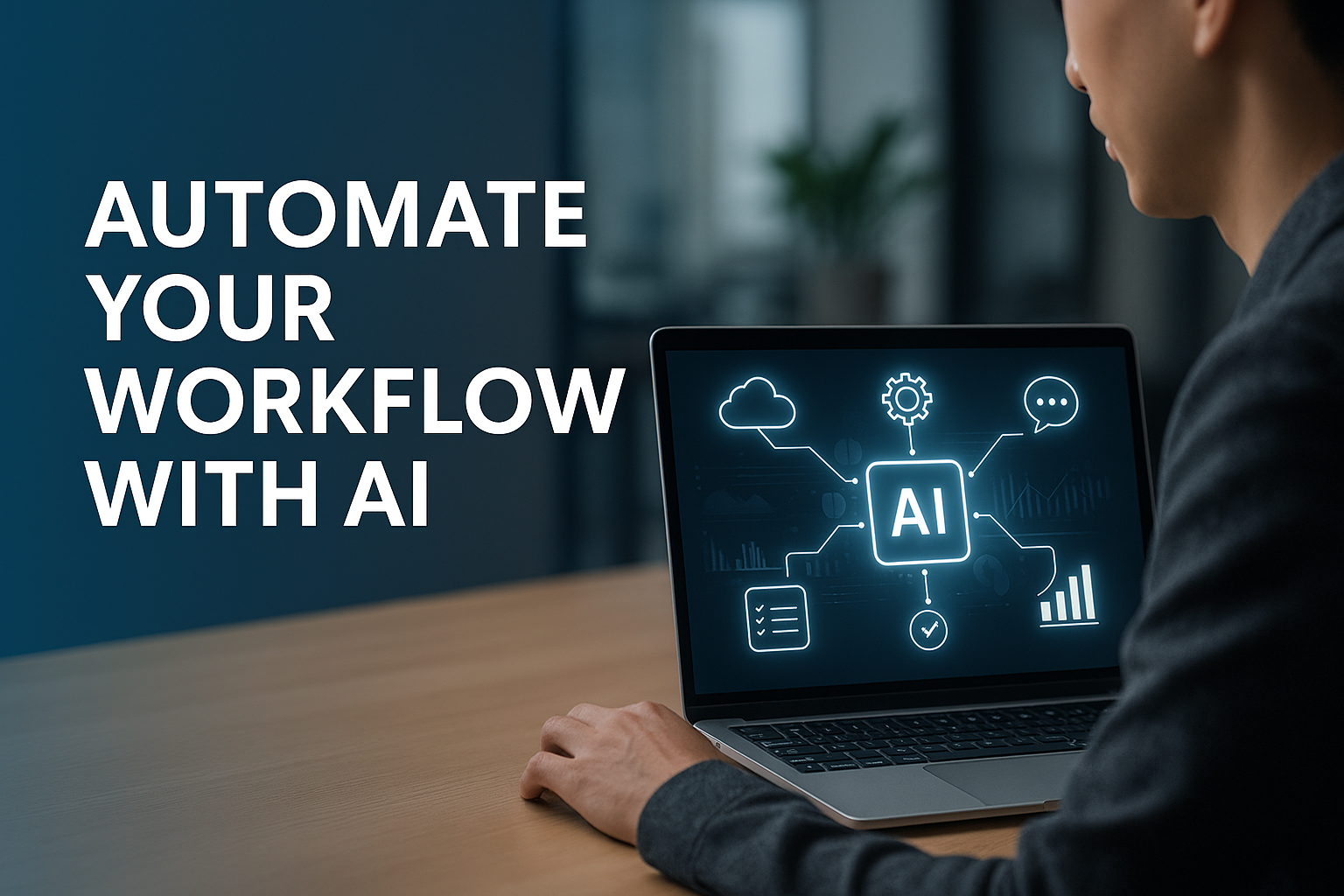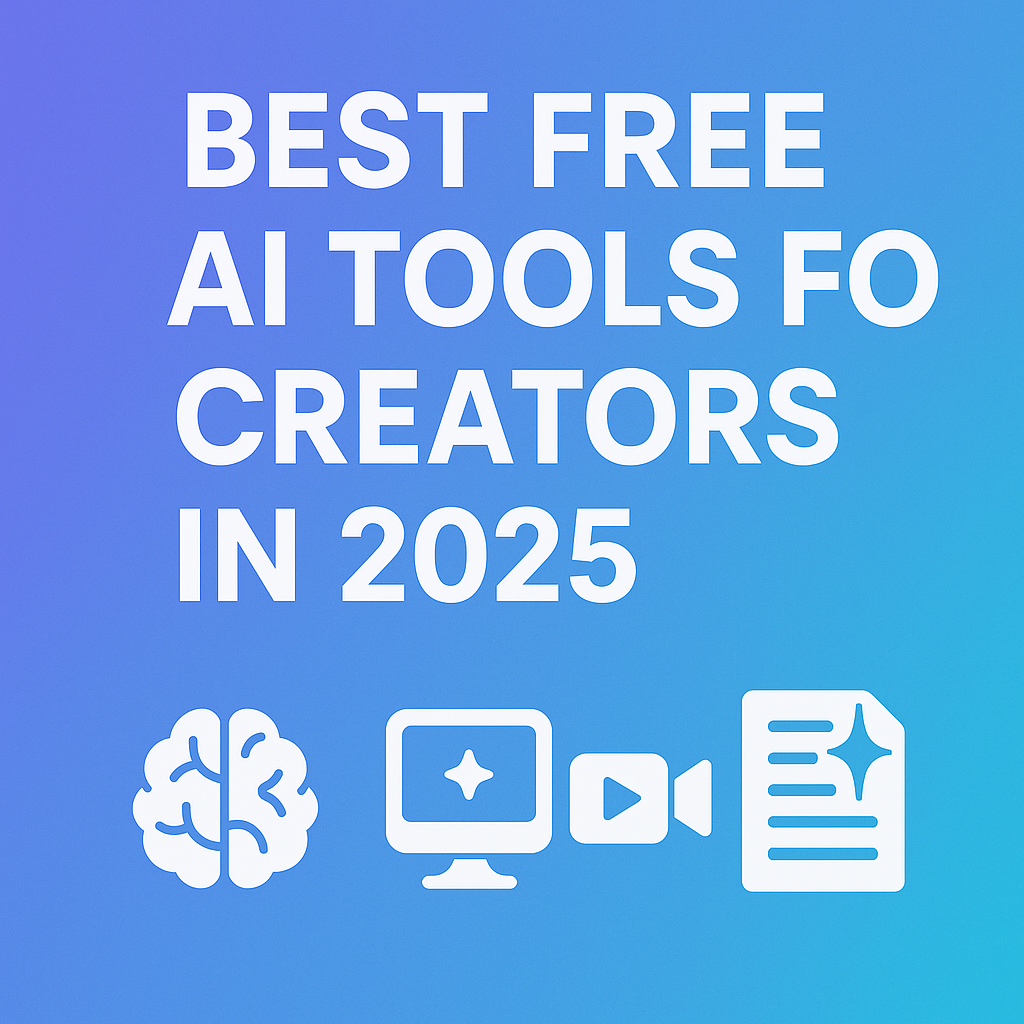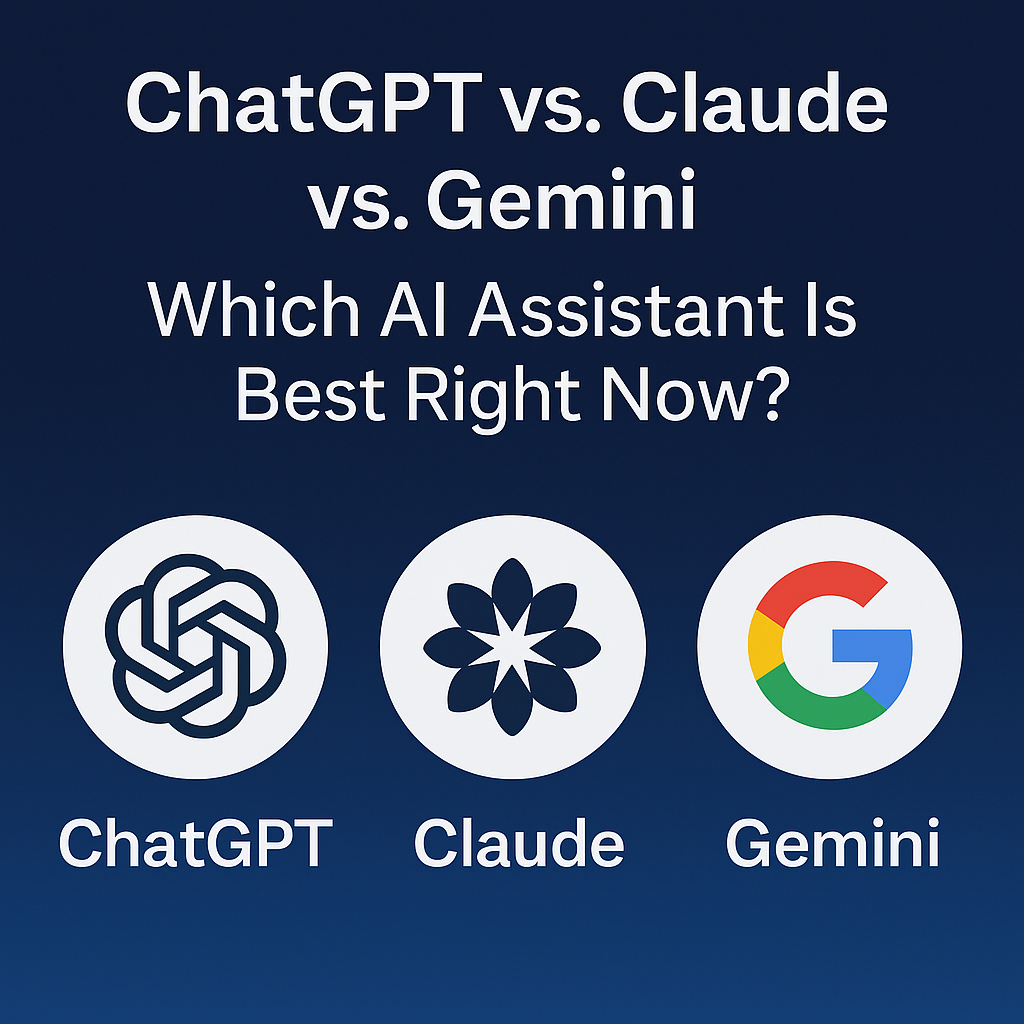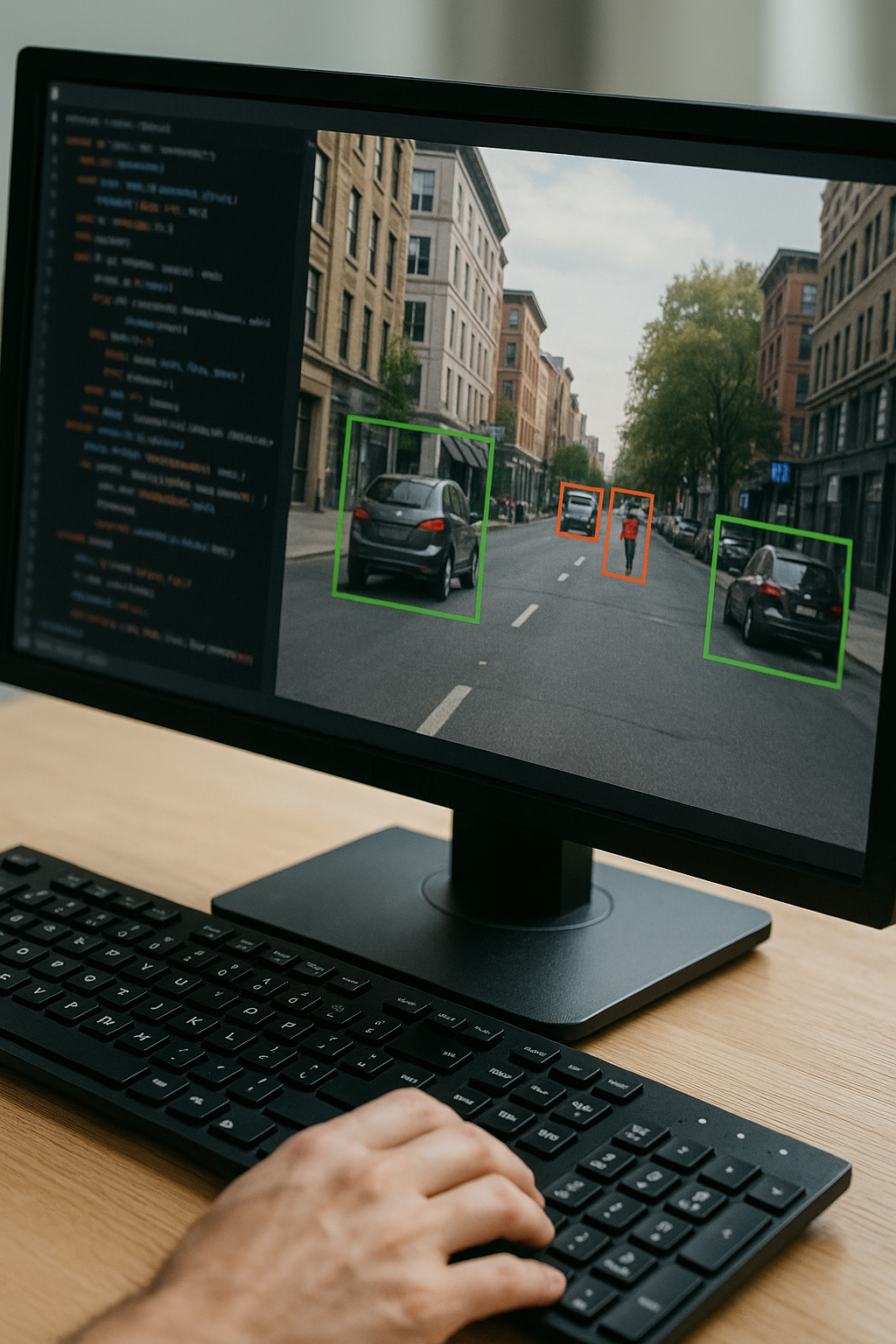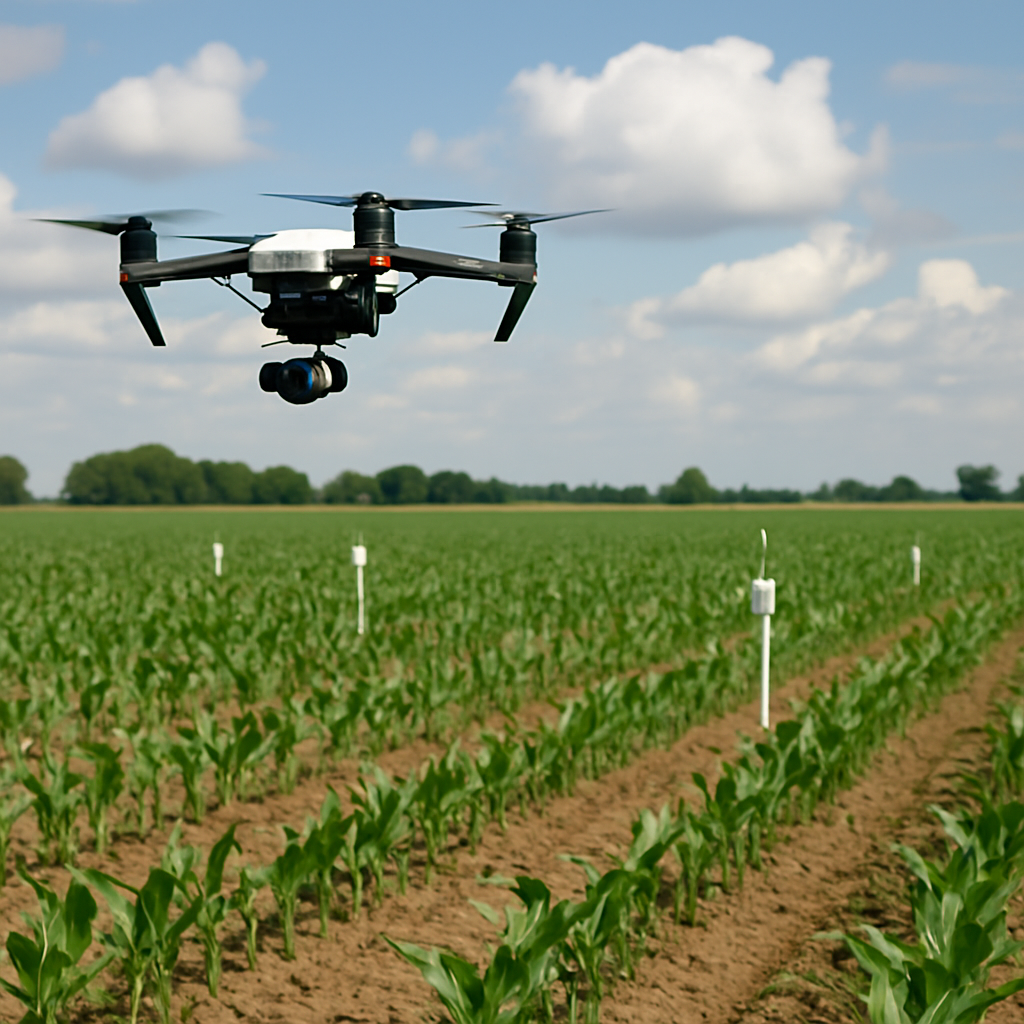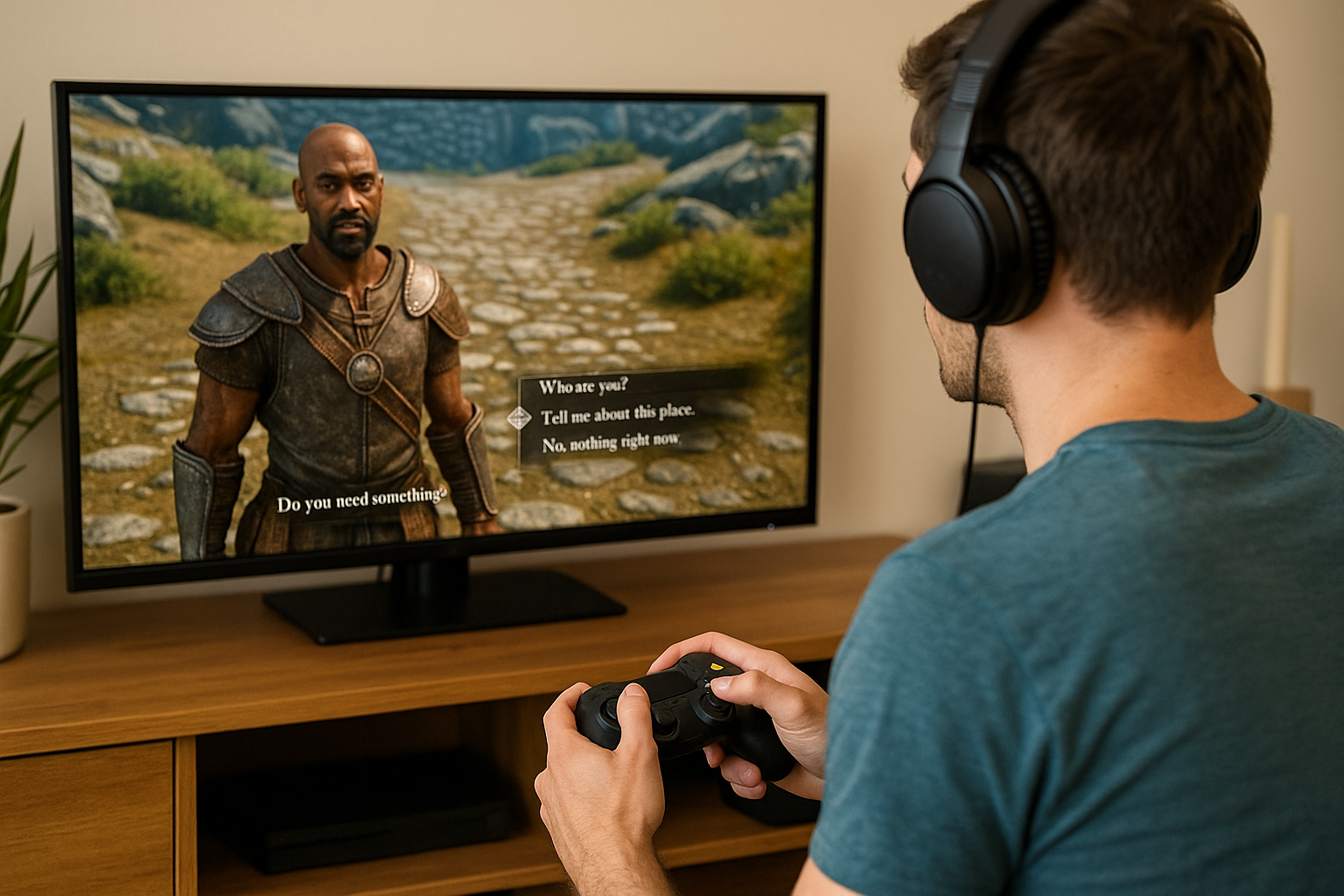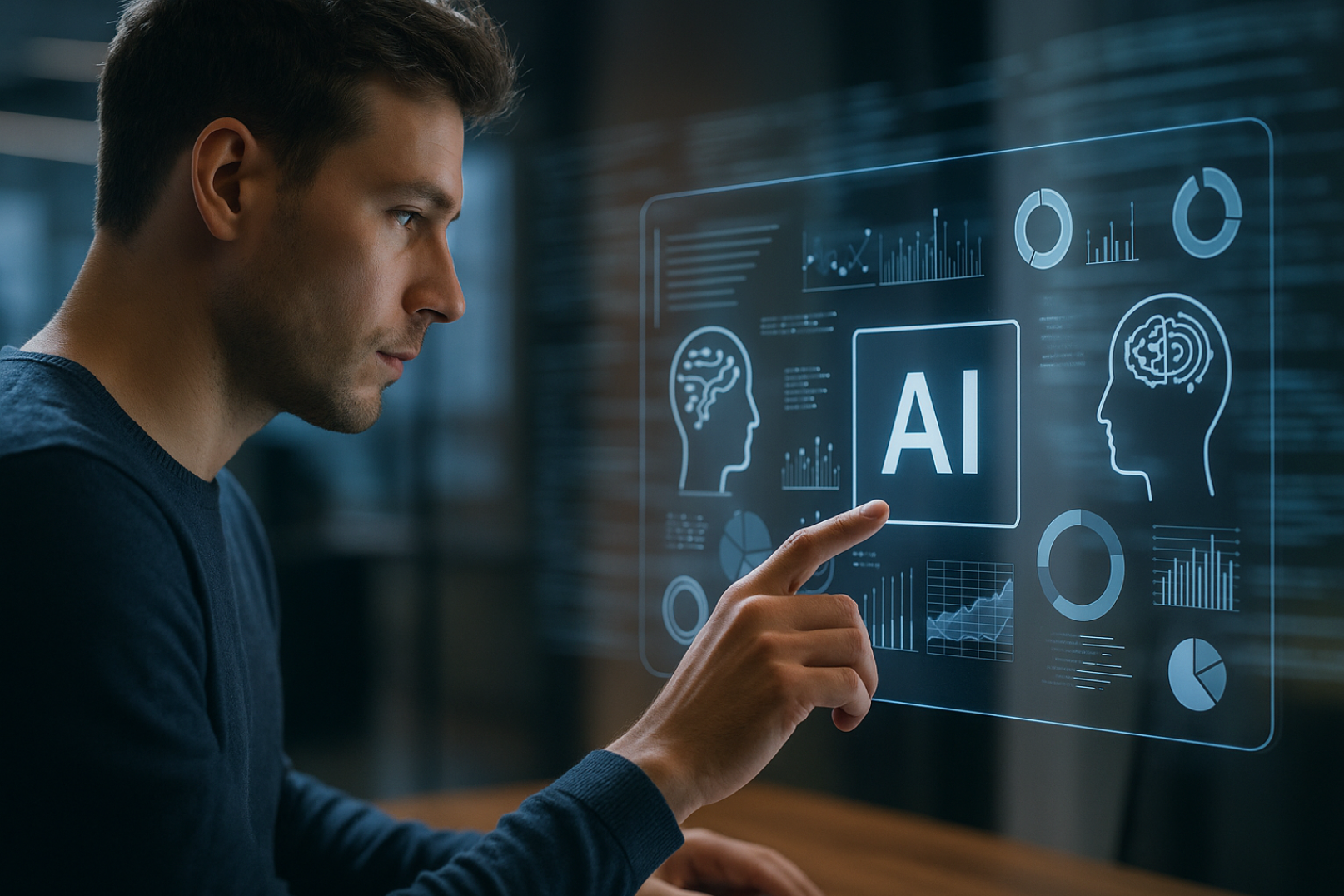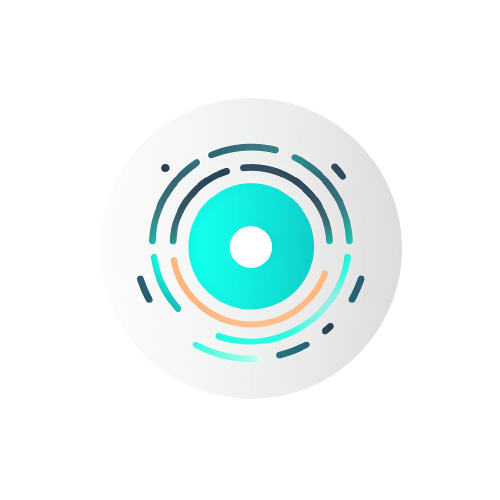AI Revolutionizes Art and Music Creation: From Generative Paintings to Algorithmic Compositions
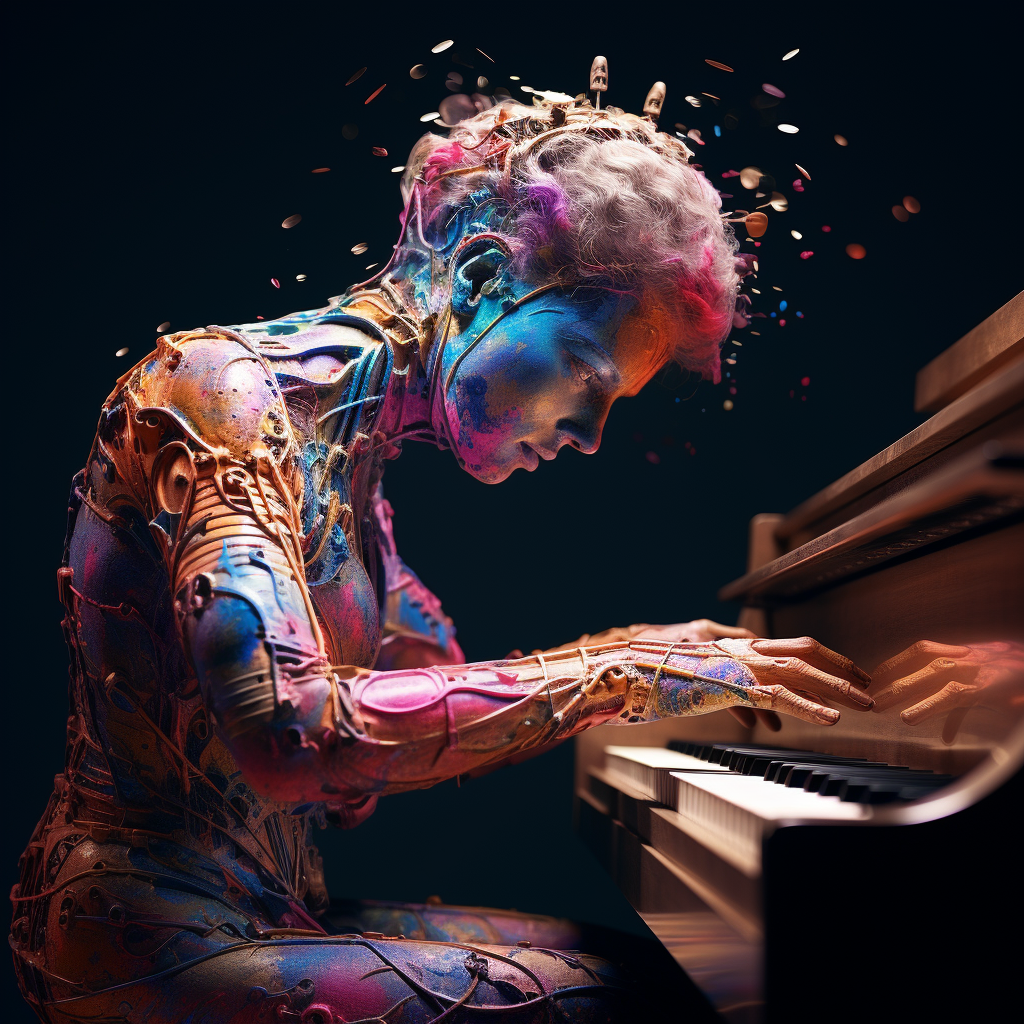
One notable example is Artbreeder, an online platform that utilizes machine learning to create generative art. Users can input images or text prompts, and Artbreeder's AI algorithms will generate new images that blend and morph the provided inputs, producing unexpected and often mesmerizing results.
Algorithmic Compositions: Music Composed by Machines
AI is also revolutionizing the music industry by composing original musical pieces, ranging from classical compositions to contemporary electronic music. AI algorithms can analyze existing music, identify patterns, harmonies, and rhythmic structures, and then generate new music that adheres to these patterns while introducing its own unique flair.
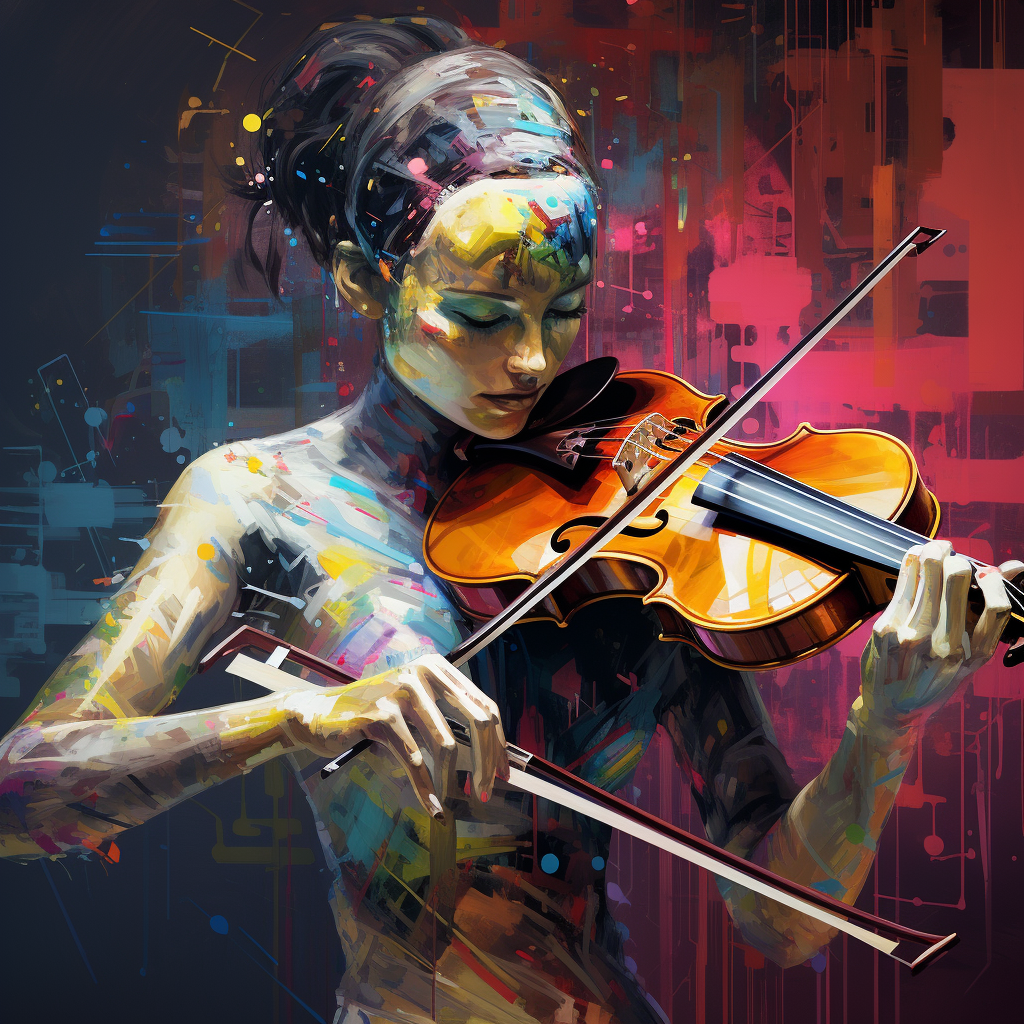
One fascinating example is Google Magenta, a research project dedicated to exploring the intersection of AI and art. Magenta has developed a suite of AI tools for music composition, including a system that can generate melodies, harmonies, and rhythms based on a few input notes or chords.
The Human-AI Collaboration: A Symbiotic Relationship
While AI is undoubtedly transforming art and music creation, it's important to recognize that AI is not replacing human artists and musicians. Instead, AI is providing new tools and techniques that artists and musicians can leverage to expand their creative horizons and produce works that would be impossible to create using traditional methods.
The relationship between AI and human creativity is one of collaboration and augmentation. AI can handle repetitive tasks, generate new ideas, and explore uncharted territory, while human artists and musicians provide the guidance, intuition, and emotional depth that make art and music truly resonate with audiences.
The Future of AI-Powered Art and Music
As AI continues to evolve, we can expect even more groundbreaking innovations in art and music creation. AI will likely become more adept at understanding and responding to human emotions, enabling the creation of even more evocative and immersive artistic experiences.
AI-powered art and music will also become more accessible, empowering individuals with limited artistic training to create their own unique works. This democratization of art and music will further enrich our cultural landscape and foster a more inclusive and diverse creative world.
Conclusion
AI is revolutionizing the art and music world by providing artists and musicians with new tools, techniques, and creative possibilities. AI is not replacing human creativity; it is augmenting it, enabling artists and musicians to explore new frontiers and produce works that challenge and inspire. As AI continues to advance, we can expect even more groundbreaking innovations in art and music creation, shaping the future of artistic expression in ways we can only begin to imagine.
